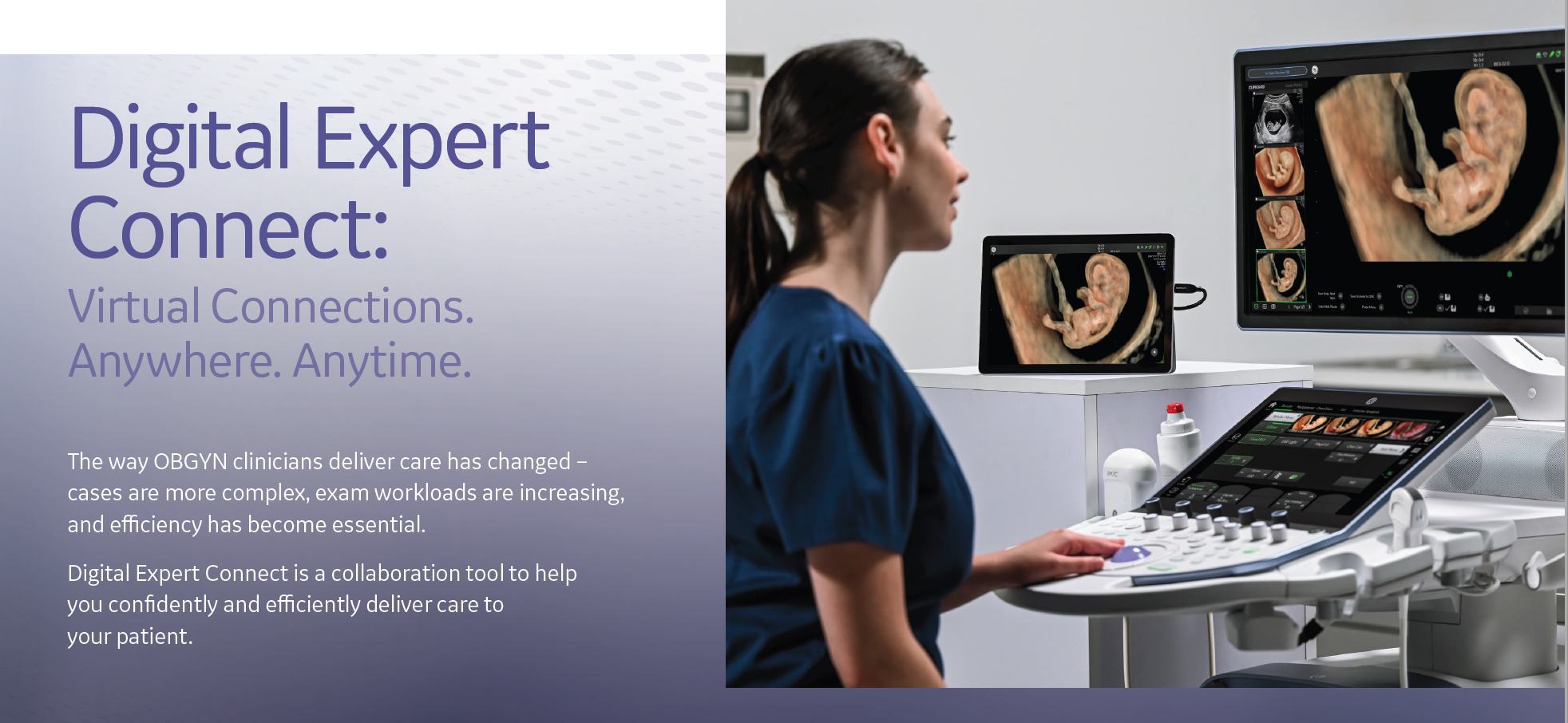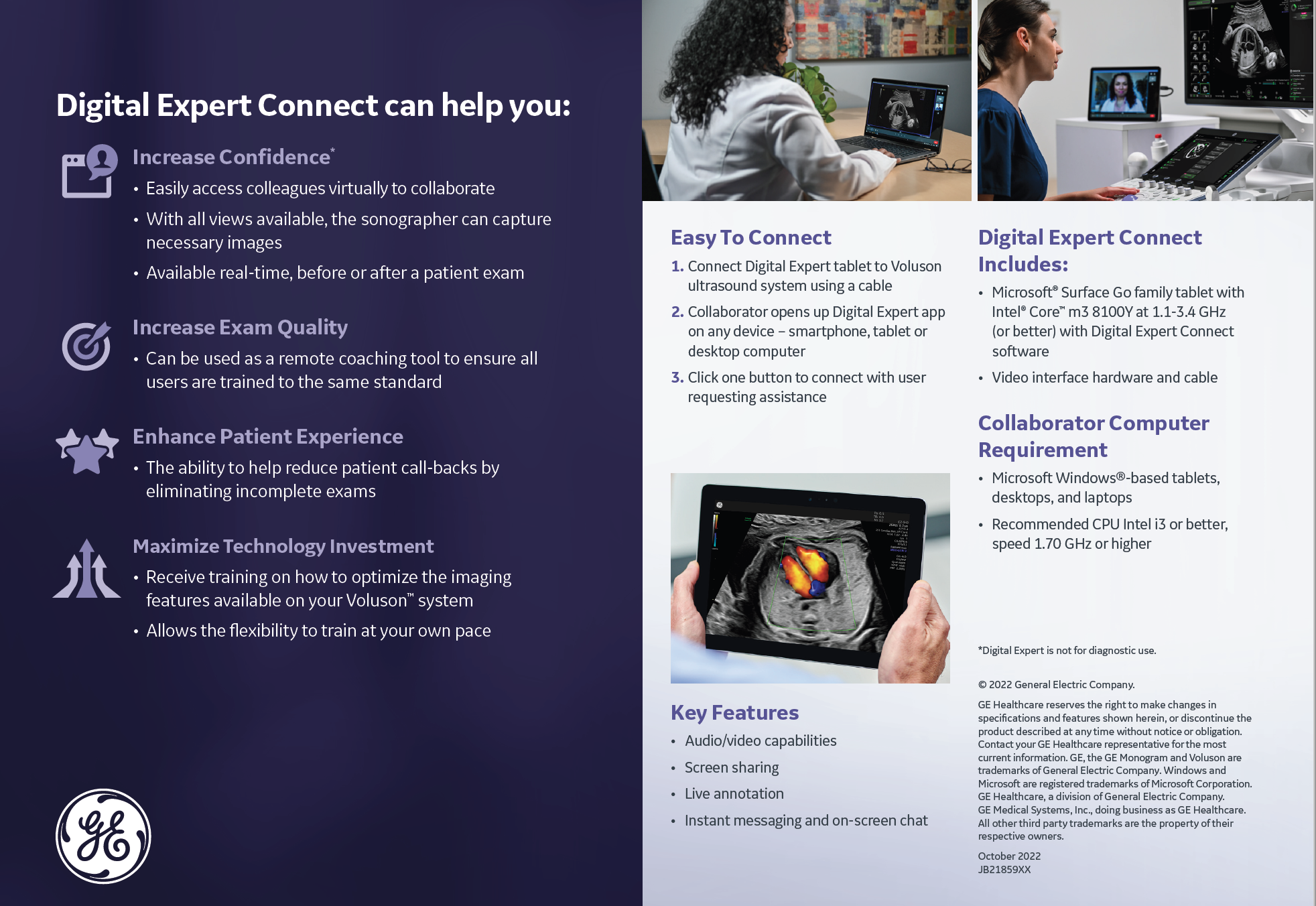With the push toward value-based care over the past decade, collaboration in healthcare has become increasingly important. It streamlines and optimizes service delivery, offering benefits to providers and patients. And as the industry turns away from fee-for-service, there's a growing need for technology to support expanded partnerships.
Care collaboration in healthcare brings together multiple providers across specialties to maximize patient services. As such, providers—including primary care physicians, pharmacists, social workers, nutritionists, physical therapists, and others—work collectively to conserve resources, address health problems earlier, and potentially prevent disease.
Consequently, facilities frequently experience improved care quality, cost reductions, and increased convenience for everyone involved.1 Closer provider partnerships can also reduce the number of annual encounters for patients.2
Specific Advantages of Care Collaboration
For Providers
Approaching care delivery as a true partnership improves cross-specialty communication. Working together, providers share ideas about health concerns, symptoms, diagnosis, treatment, continuity-of-care improvement, and reducing testing. These benefits are important because, based on these conversations, primary care providers can alter or augment plans-of-care, ensuring they give patients the most appropriate care possible. In addition, greater communication also reduces the likelihood of misdiagnoses, which may result in lower readmission rates and higher patient satisfaction.
Collaborative care improves decision-making, too. Diverse provider groups can share ideas and less-experienced providers can partner with expert clinicians. Doing so empowers all providers to proactively contribute to care planning. It also enables leveraging leading-edge technologies powered by patient data.
For Patients
Improved patient care is the overarching benefit of collaboration in healthcare. The care collaboration model facilitates streamlined multidisciplinary communication, and it results in fewer miscommunications that could lead to patient harm.3
Collaborative care also increases a patient's access to mental health services. Systems connecting primary care and mental health providers make it easier to identify, assess, triage, and refer patients who present behavioral health symptoms. Many primary care physicians, patients, and others consider such collaboration a "long overdue" improvement to healthcare service quality.4 The potential for primary care and mental health collaboration could have exciting impacts on future care quality.
Patients may also experience improved outcomes. Coordinated pre- and post-surgery care may lower patient anxiety, decrease procedure-related complications, and reduce a patient's need for postoperative pain medication. Consequently, patients may recover faster, and with fewer readmissions.
Collaborative care may be a cost-saver for patients. When patients routinely receive coordinated physical and mental healthcare, their overall out-of-pocket healthcare costs can drop.5 Patients are less likely to be hospitalized and hospitals can also save money by limiting redundant care.
Technology Solutions for Collaborative Care
Recently, healthcare has turned to technology to push toward greater collaborative care. Doing so has improved this partnership effort.
For providers, EHRs help them avoid many routine patient care pitfalls.6 It gives providers shared information for better clinical decision-making. Consequently, they order fewer duplicated tests, quickly share results, and avoid more errors. It also decreases the need for face-to-face communication, giving providers a simplified way to communicate via asynchronous messages.
Telehealth and virtual consultations let providers in different locations have real-time, face-to-face discussions with patients about their care. Wearable devices and mobile health apps contribute additional information to these conversations. These virtual tools can augment patient education, including details about therapies and real-time clinician feedback.
Sometimes overlooked, ultrasound devices for obstetrics contributes significantly to collaborative care. They capture high-quality images and offer audio-visual capabilities that support screen sharing for real-time in-person and virtual consultations. Their instant messaging functions, live annotation features, and automatic EHR recording also expedite services.
"Collaboration has multiple benefits", says James Hanrahan, global product manager of ultrasound digital ecosystems for GE HealthCare.
"A Maternal Fetal Medicine (MFM) specialist in an Academic Center could, for example, give specific imaging instructions to a sonographer, located at a remote hospital setting, to ensure optimal images are captured to achieve a confident diagnosis." Hanrahan explains. "Whilst communicating with the sonographer, the MFMs can also gain insights into the patient's condition and communicate directly with the patient. The ability to collaborate virtually opens up opportunities for more partnerships which benefit patient care - patients who are located farther away can receive specialist care in their local hospitals.


Overall Impact: Better Productivity and Access to Care
Implementing and making technology solutions accessible to providers bolsters interprofessional collaboration in healthcare. Over time, Hanrahan says, these efforts will eliminate existing silos and will further improve patient outcomes.
"These are the types of tools that unlock the potential of providers like women's health specialists and sonographers. Our goal is to remove barriers and friction to allow clinicians to focus on their key objective—helping patients," he says. "Enabling virtual collaboration will ultimately improve productivity and increase access to care for more patients."
Learn More about Digital Expert Connect Here


References
- Collaborative care models: Everything you need to know. Medical Advantage. Published January 6, 2022. https://www.medicaladvantage.com/blog/collaborative-care-models-everything-you-need-to-know/. Accessed February 28, 2023.
- Mooradian AD, Stone R, Palacio C, et al. Collaborative care plans reduce subspecialty consults: The experience from a safety net hospital. The American Journal of Managed Care. April 2020;26(4):177-180. doi: 10.37765/ajmc.2020.42835.
- "Care Coordination: CMS Innovation Center." Innovation Center. Accessed June 5, 2023. https://innovation.cms.gov/key-concept/care-coordination.
- Wolk CB, Last BS, Livesey C, et al. Addressing common challenges in the implementation of collaborative care for mental health: The Penn Integrated Care program. The Annals of Family Medicine. March 2021;19(2):148-156. doi: 10.1370/afm.2651.
- Miller CJ, Griffith KN, Stolzmann K, et al. An economic analysis of the implementation of team-based collaborative care in outpatient general mental health clinics. Med Care. October 2020;58(10):874-880. doi: 10.1097/MLR.0000000000001372.
- Vos JFJ, Boonstra A, Kooistra A, et al. The influence of electronic health record use on collaboration among medical specialties. BMC Health Services Research. July 2020;20:676. doi: 10.1186/s12913-020-05542-6.
GE is a trademark of General Electric Company used under trademark license.


